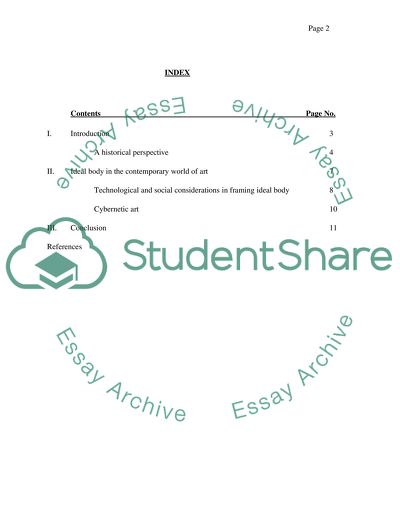Cite this document
(“THe importance of the notion of the ideal body in contemporary culture Essay”, n.d.)
THe importance of the notion of the ideal body in contemporary culture Essay. Retrieved from https://studentshare.org/miscellaneous/1557580-the-importance-of-the-notion-of-the-ideal-body-in-contemporary-culture
THe importance of the notion of the ideal body in contemporary culture Essay. Retrieved from https://studentshare.org/miscellaneous/1557580-the-importance-of-the-notion-of-the-ideal-body-in-contemporary-culture
(THe Importance of the Notion of the Ideal Body in Contemporary Culture Essay)
THe Importance of the Notion of the Ideal Body in Contemporary Culture Essay. https://studentshare.org/miscellaneous/1557580-the-importance-of-the-notion-of-the-ideal-body-in-contemporary-culture.
THe Importance of the Notion of the Ideal Body in Contemporary Culture Essay. https://studentshare.org/miscellaneous/1557580-the-importance-of-the-notion-of-the-ideal-body-in-contemporary-culture.
“THe Importance of the Notion of the Ideal Body in Contemporary Culture Essay”, n.d. https://studentshare.org/miscellaneous/1557580-the-importance-of-the-notion-of-the-ideal-body-in-contemporary-culture.


